DEV VERS - Scientific Model Challenges
Did you know that fantasy sports games are based on the principles of scientific modeling? Discover the processes that drive the games.
Resource Title:
Scientific Model Challenges
Description:
Did you know that fantasy sports games are based on the principles of scientific modeling? Discover the processes that drive the games.
Target Grade Level:
Grades 9-12
Discipline or Course (Audience):
Science
Time Frame:
Two 45-minute sessions without extensions
Suggested Grouping:
3-4 students
Educator Prep:
Preparation Directions:
- Confirm students will have access to computers and Internet.
- Confirm students will have access to spreadsheet software.
- Confirm students will have access to presentation software.
- Conduct research ahead of time for each Challenge so that you can provide at least one reliable internet resource for each group to use as a starting point.
Remote Learning Adaptations:
This resource is appropriate for remote learning; no adaptations or modifications are necessary.
STUDENT CONTENT BELOW
Have you ever played a fantasy sports game? These games involve assembling an imaginary team by picking real-life sports players. As the sports season progresses, the imaginary team's season is determined by the real-life actions of the individual human players. To succeed in the fantasy sports game, what factors should be considered? A "model" can be developed to try to win the game. It may not be formal, and it might not feel scientific. But developing hypotheses that are backed up by evidence, and then testing those hypotheses by seeking more evidence, is how science works!
When evidence supports a hypothesis, it is considered a theory. A physical or mathematical theory that can be used to make predictions is a model. In this activity, you will be presented with a problem — a challenge — that requires you to collect mathematical data and develop a model. You will then make a prediction supported by data. Choose the data carefully to get a scientifically valid and reliable model.
Materials:
- Device with Internet access
- Spreadsheet program
- Presentation program
Safety Notes:
- When using technology, engage in safe, legal, and ethical behavior; this applies to devices (hardware), application or programs (software), and interactions with others.
- There are no anticipated physical safety risks associated with this Activity.
Part 1: Collect Data and Create Your Model
Your challenge is to collect mathematical data to predict the effect of some specific change in recycling and develop a mathematical hypothesis: a model. To develop a good model, you will need to find reliable data that can be used to create a data set and a graph. Then you will use that data to make a prediction for the future, and make some inferences about your predictions. After you have developed your model, you will make a prediction and support that prediction with your data. You will have to choose your data very carefully to get a reliable model. Once you have developed your model, you will create a presentation to share with the class that defines the challenge as well as explains the data, predictions and inference the group has made.
- With your group, carefully read and discuss the Challenge assigned by your teacher.
- Begin your research with the link provided by your instructor.
- Carefully look at the data that is provided and determine its reliability.
- Once you have several pieces of data, use the spreadsheet program to create a graph of your data. This is the model you will use for your predictions and inferences.
REMEMBER: It is important to continually refer to the following rubric as you create your database as well as make your predictions and recommendations. Your goal is a scientifically sound model.
Criterion |
Illogical |
Common Knowledge |
Scientifically Sound |
|
Quality of Data |
The predictions don’t rely on data. |
Data is provided, but the reliability of the sources can’t be determined. |
Data comes from reliable sources. |
|
Use of Data |
No analysis is shown. |
Some analysis and study of data is shown. |
The data is used in a mathematically sound way to create a prediction/model. |
|
Interpretation of Data |
Conclusions are not related to the data. |
Some conclusions and inferences are related to data. |
All conclusions and recommendations are based on data. |
Challenge #1: Aluminum Cans |
|
Aluminum is a valuable non-ferrous metal. Since aluminum is so valuable, it seems logical that everyone would recycle those cans. Is that happening? Research the rate of recycling for aluminum and develop a model to predict how many of our cans will be recycled ten years in the future. Does your model show an effective use of the resource? If not, suggest ways to change it. |
Challenge #2: Bag-gage |
|
It seems they are endless — those plastic bags we get at groceries, big box stores, and malls. Are we recycling more of them? Look at the data. Compare the increase in the number of bags we produce and use to the increase in the amount of bags that are recycled. Are we making progress? If the trend continues, will there be more or fewer bags in our landfills ten years in the future? Use the data to make a prediction and then create recommendations for the trends you see. |
Challenge #3: Glass |
|
Glass is 100 percent recyclable, and many states require it. But most of our glass bottles and other materials still end up in landfills, where they last for centuries. Look at the trends in percentage of glass recycled. Is it increasing in proportion to the increase in the number of glass containers we use? If not, how might we change attitudes and behaviors? Develop a model which helps you make a prediction, then create recommendations for the trends you see. |
Challenge #4: Electronics |
|
Electronics are everywhere, and technology changes so rapidly that devices are too soon considered obsolete. Where do they go when people discard them? Cell phones and other handheld devices contain metals like copper, silver, gold, palladium, and platinum. These non-ferrous metals are valuable and recyclable. Look at the increase in the number of cell phones and other handheld devices, and the trends in recycling them. Predict the number of these devices that will be obsolete ten years in the future and then brainstorm ways to get their “treasures” — metals — back for use by industry. |
Challenge #5: Fiber and Paper |
|
In our technology-filled world, we use less paper than before, but it still ends up on our desks, in our backpacks, and in our landfills. Look at the rate at which we recycle paper. Is it improving? How much of our fiber and paper will be recycled ten years in the future if current trends continue? Brainstorm ways to continue reducing unnecessary use of paper as well as improving the recycling rate of paper. |
Challenge #6: Total Solid Waste |
|
That’s not a scenic mountain in your view. It’s a landfill. And if current trends continue, you will see more of those in the future. Our landfills are often cluttered with glass, metal, and fiber that would be valuable raw materials for new products if they were recycled. Look at the trends in solid waste. Predict the increase in solid waste ten years in the future and then create recommendations to help your municipality prepare. |
Part 2: Present Your Model
- Develop a presentation to share your model with the class. Document your references.
- Include the predictions and inferences from your Challenge card.
- Share presentations with the class.
Reflect and Apply:
- Did your group find data they thought was inconsistent or difficult to use? Why do you think that data was published?
- Did your group find that some of the information on the web to be confusing? Was the intended audience specific or was it poorly published? Defend your argument.
Extension:
- Within your group, develop a Challenge card based on personal interest. Find reliable websites to use for data collection and develop a valid model for your challenge. Create a presentation to share your personal inquiry and findings with the class.
- Journal Question: Why is being able to develop a scientifically sound and valid model so important in science? Discuss some “real life” examples of how these models might be used to make predictions and inferences.



